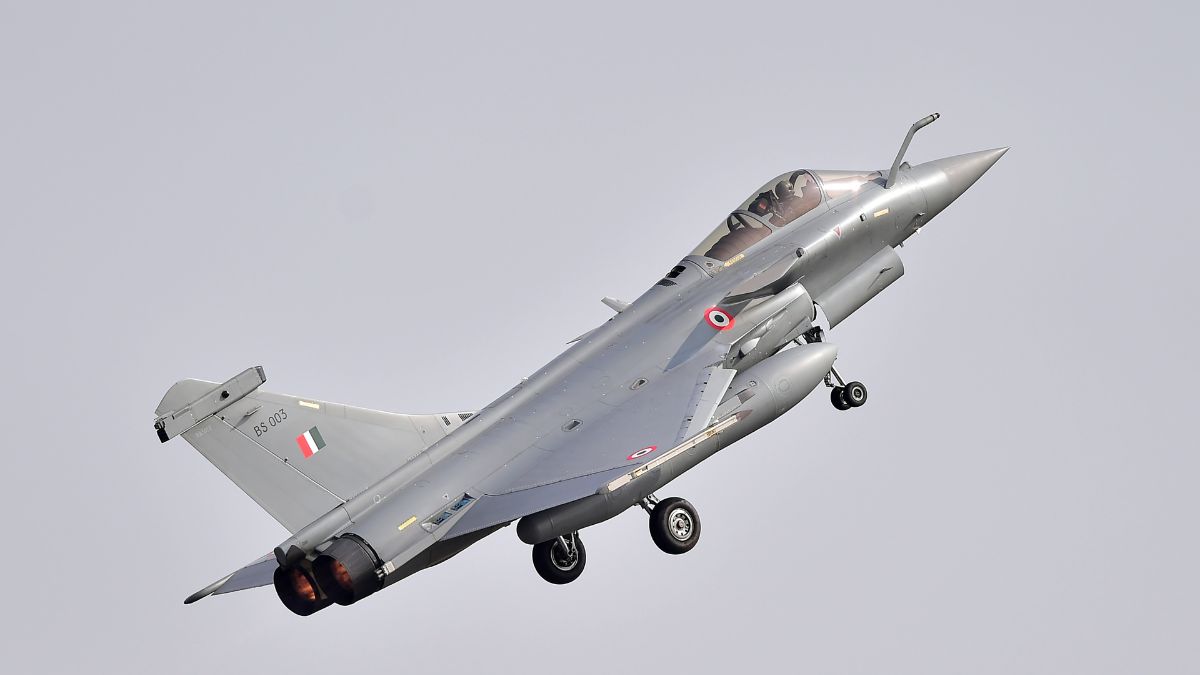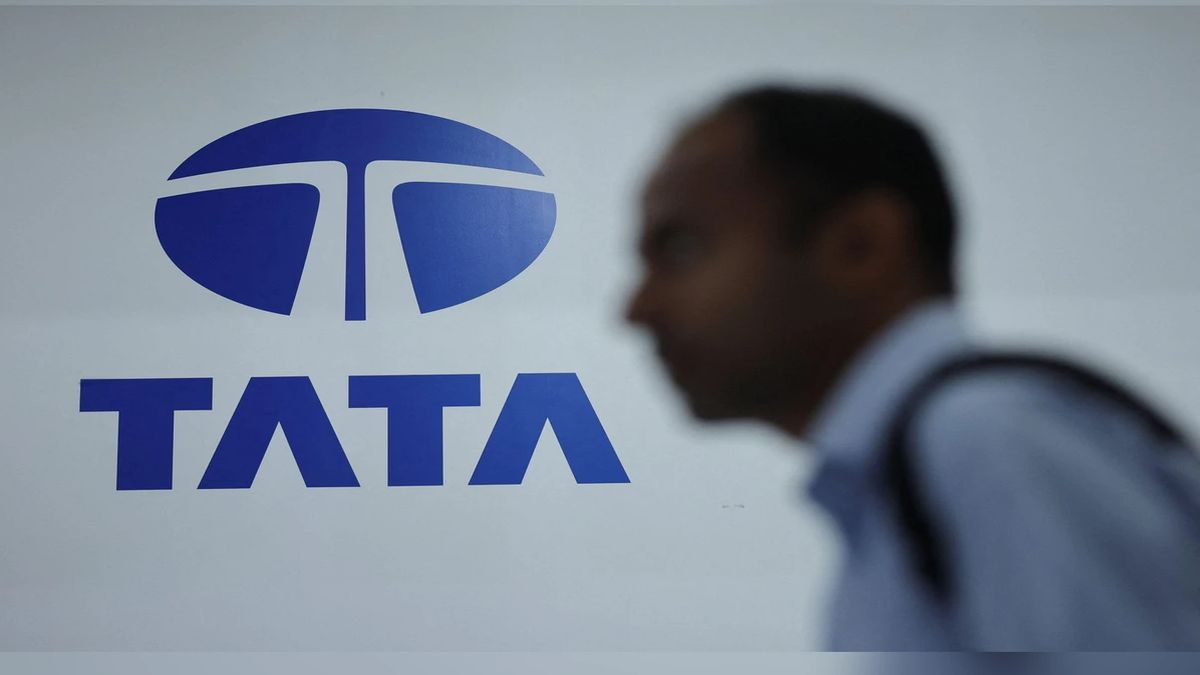India’s import of US crude oil rose to a three-year high of 540,000 barrels per day (bpd) in October, according to data from trade intelligence firm Kpler.
By the end of the month, India’s import of US oil is expected to reach 575,000 bpd. In November, this would be around 400,000-450,000 bpd, a sharp jump from the year-to-date average of around 300,000 bpd, according to estimates.
The surge in US oil imports has come at a time when India’s oil purchases have become a contentious issue. US President Donald Trump has slapped India with 25 per cent punitive tariff —on top of pre-existing 25 per cent tariff— for the purchase of Russian oil. While he has accused India of funding the Russian war on Ukraine, India has maintained that its oil purchases are governed by market realities and it will buy oil from wherever it would get a good deal.
In line with such an approach, the surge in US imports is driven by US crude becoming competitive, said Sumit Ritolia, the Lead Research Analyst of Refining, Supply, and Modeling at Kpler, in a note.
A strong arbitrage, wider spread between Brent and WTI —West Texas Intermediary, a US benchmark crude— as well as lack of demand from China made American shipments competitive for Indian refiners on delivered basis, said Ritolia, according to The Times of India.
Despite the rise in US imports, Russia remained the top source of crude for India, accounting for nearly a third of all imports, followed by Iraq and Saudi Arabia.
Surging US imports not necessarily linked to sanctions
Even though India’s US imports have surged amid mounting Western sanctions on Russian oil, the development is not necessarily linked to these sanctions.
Ritolia said in his note that the 40-55 days’ time that it takes for a shipment to reach India from the United States suggests orders for October were placed well before the Trump administration slapped sanctions on Rosneft and Lukoil.
Impact Shorts
More ShortsHowever, PTI reported government and trade sources as saying that Indian refiners have increased bookings of US grades such as Midland WTI and Mars to diversify their supply mix and signal cooperation with the Trump administration.
But there are limitations with such an approach, according to Ritolia.
“Further upside is capped. While the surge underscores India’s refining flexibility and ability to capture short-term opportunities, the current rise is arbitrage-led, not structural, as longer voyage times, higher freight, and WTI’s lighter, naphtha-rich yield limits increased buying,” said Ritolia.


)

)
)
)
)
)
)
)
)



